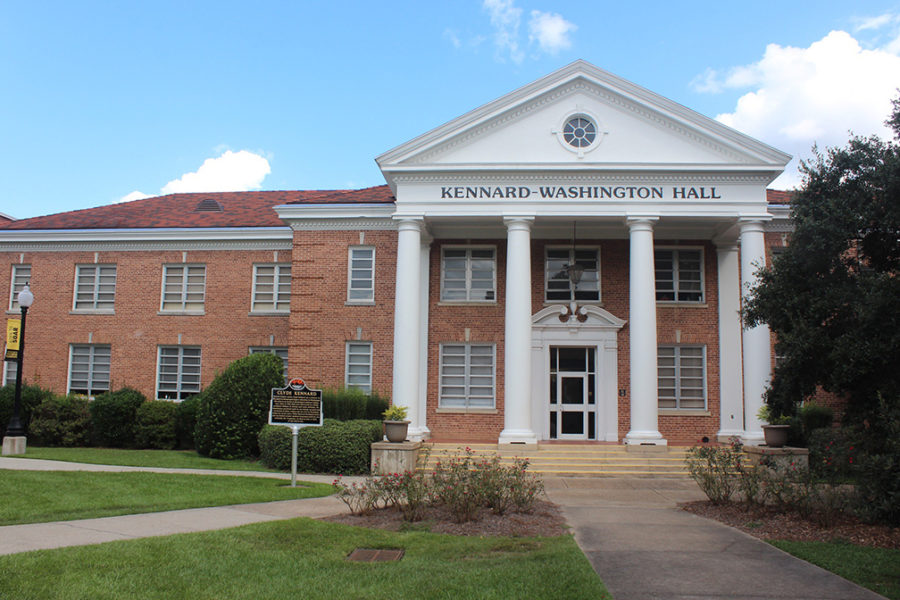Rice University announced a new initiative to provide tuition assistance for middle-class students called the Rice Investment on Sept. 1. The idea is to provide a way for students to earn a degree with little to no debt after graduation.
Starting in the fall of 2019, students whose family income ranges from $65,000 to $130,000 annually will be eligible for full tuition scholarships to the university. In addition, those who fall under the $65,000 mark will have tuition, room and board and other fees covered. Students whose parents make between $130,000 and $200,000 will qualify for a half tuition scholarship. These scholarships and grants eliminate the need for student loans.
Rice President David Leebron explained to ABC 13 News how the motto for the campaign is “talent deserves opportunity.” The university believes that this new program is in fact an investment in students’ future. Rice does not want money to hinder a student’s potential education. The university has a long standing history of generosity when it comes to financial aid. When Rice was founded in 1912, students were not charged tuition. Although that changed in 1965, the school was still vigilant in providing financial aid to as many qualifying students as possible in order to make their private education accessible and affordable.
As a student who has worked hard for every penny towards my education, this motto resonated with me. Because I belong to a middle class family, it was difficult for me to qualify for scholarships because they were often designated as “need based,” a requirement I never met. It was frustrating to be limited to so few scholarships when I needed as much help financially as I could receive.
The burden I have to personally pay for my education is one I share with majority of my peers. Even though FASFA thinks our parents are able to pay our school bills, that is rarely the case. The average cost of yearly attendance at Rice is approximately $60,000. Most students who attend the university come from a household where the yearly income is on average $90,120. With that being said, it would take more than half of that income to cover a year of education.
More colleges and universities should follow the example that Rice is setting in the area of financial aid. It is becoming increasingly difficult to find employment without a bachelor’s degree, yet it is also becoming increasingly difficult to pay for one. Because of this trend, both the workforce and four-year institutions are lacking.
There is a common misconception that the current generation of college students is entitled especially when it comes to education. I believe, however, that we are trying to avoid the large debts still haunting our parents. This generation is smart, innovative and resourceful, which means the traditional way of paying for college through loans is less than ideal in our minds.
























